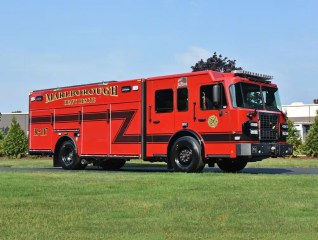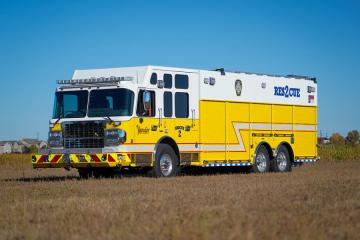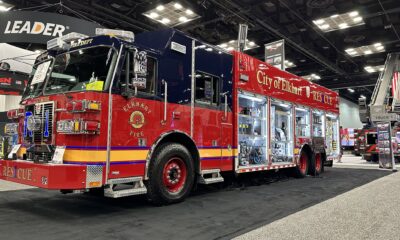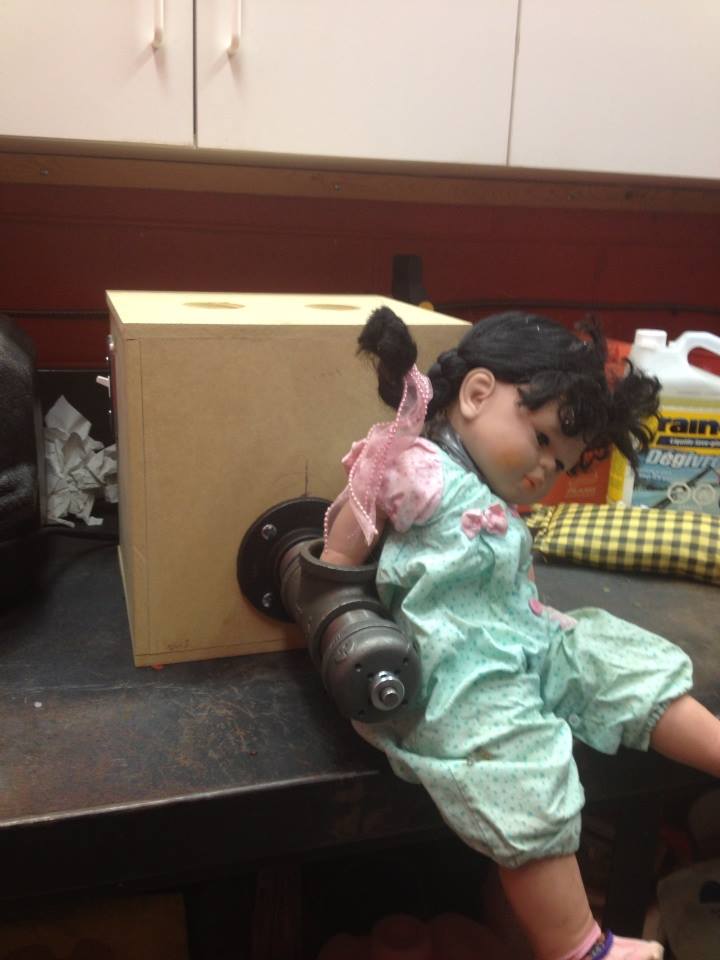Machine Rescue
Snowblower Rescue, Hand in the Machine
Believe it or not…. every year, snowblowers cause more than 500 amputations and over 5000 emergency room visits.
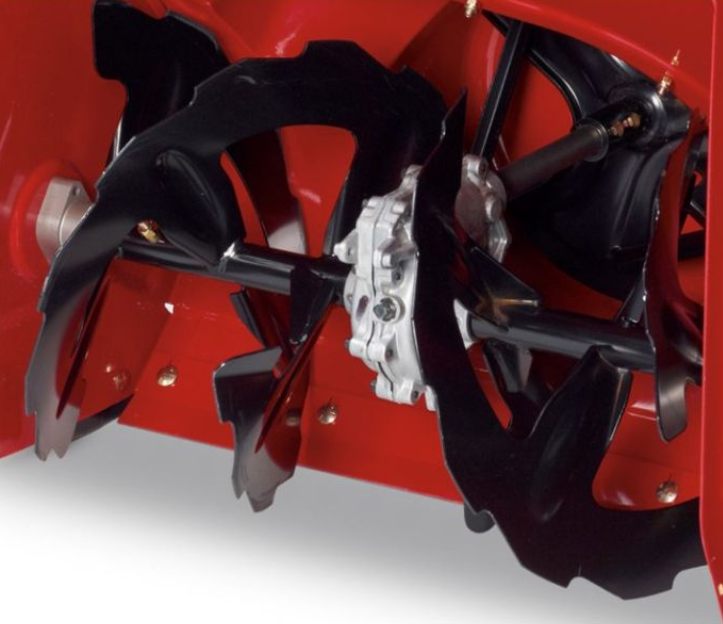
Hand in the Machine
Winter has made an appearance in the northern half of the United States. Some areas have even had enough snow to use a snowblower to clear off sidewalks and driveways. Unfortunately, the US Consumer Products Safety Commission (USCPSC) reports that – each year – snow blower operators suffer more than 500 amputations and over 5000 emergency room visits. The vast majority of these injuries occur while trying to clear snow and ice jams from the collection auger or discharge chute.
Scene Size-up
First off, the snowblower’s engine will need to be shutoff if it is still running. After that, if the unit has a key it needs to be removed and the spark plug as well. This will release the compression in the cylinder. During your initial scene size-up, you need to determine what type of snowblower your victim was using. The two commonly used are a single-stage snow blower, and a two-stage snow thrower. There’s a three-stage blower which is basically a turbo-charged two-stage.
On a single-stage snow blower, an auger (the blades you see in front of the blower) directs the snow straight throw a discharge chute. The auger makes contact with the surface you are clearing so it should only be used on a paved surface. On a two-stage snow thrower the auger collects the snow and a fan then discharges the snow through a chute which throws the snow faster and farther away. The auger on a two-stage thrower does not contact the surface so it can be used over gravel or dirt.
Single Stage
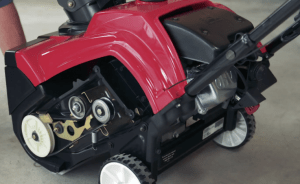 Single stage snowblowers have a belt driven auger. The rubber auger combined with the power of the engine scoops up the snow and discharges it through the chute in a single motion.
Single stage snowblowers have a belt driven auger. The rubber auger combined with the power of the engine scoops up the snow and discharges it through the chute in a single motion.
Two Stage
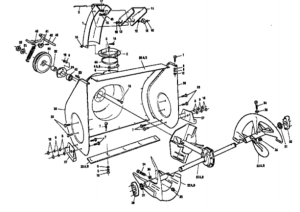 Two stage snowblowers use a gearbox to drive the auger from a shaft on the impeller. Two stage also have a self-propelled transmission with forward and reverse speeds that propel the unit in order to assist the user. Different than a single-stage, there are two distinct stages of snow removal, thus the dual-stage name. In the first stage, the auger collects the snow and transfers it to the center of the machine and back into the impeller, which then throws it up and out of the chute. The auger and impeller, combined with the power of the engine, remove the snow faster by chewing up snow and ice, and then throwing it through the chute.
Two stage snowblowers use a gearbox to drive the auger from a shaft on the impeller. Two stage also have a self-propelled transmission with forward and reverse speeds that propel the unit in order to assist the user. Different than a single-stage, there are two distinct stages of snow removal, thus the dual-stage name. In the first stage, the auger collects the snow and transfers it to the center of the machine and back into the impeller, which then throws it up and out of the chute. The auger and impeller, combined with the power of the engine, remove the snow faster by chewing up snow and ice, and then throwing it through the chute.
Heat Loss
Conduction is the process by which we lose heat through direct contact between objects. This can occur when sitting on a cold or snow-covered stump or rock. This can also occur when wet clothes come in contact with your body, by touching cold objects with bare hands, or kneeling on snow. This is another reason why you must insulate the victim from the ground.
Electric/Battery Powered Snowblowers
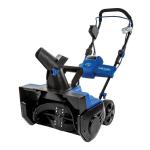
 The electric movement has extended into homeowner yard equipment. Securing the power source is an important first task.
The electric movement has extended into homeowner yard equipment. Securing the power source is an important first task.
Training Props
One of the simplest ways to find a free training prop is to keep your eye out on trash days. Snowblowers with a blown engine or locked up auger are commonly found at the crib by homeowners who throw out their out ones. Secondly, many city DPW yards have scrap metal drop off areas, always check there. Third, ask your local outdoor power equipment store or service center. Many of the chainsaws we buy are from these stores so you may even have a relationship with them. Finally, check craigslist. You may have to pay a few bucks but the site is littered with snowblowers, and everything else.
Actual Rescue Articles
-
- Firefighters Rescue Man With Hand Caught In Snow Blower
- http://www.erienewsnow.com/story/30988887/man-trapped-with-hand-in-snowblower
- People keep sticking their hands in snowblowers without turning them off first, data show
- Multi-agency response: Brampton worker’s arm stuck in snowblower
Machine Rescue
Man vs. Machine Rescue Awareness
Machine rescue runs have new boundaries and every firefighter needs to understand many different techniques.

Man vs. Machine Rescue
Man vs machine can happen in any city across the world and is not limited to large cities or industrial centers. Don’t get complacent and assume that it will never happen while you are on-duty. Consider a teenager stuck in a full bucket toddler swing seat. Do you know the steps to take get that patient out of the swing? How about a person that has their leg stuck in a PVC drainage pipe in a yard during the winter in below freezing weather? These are two of the incidents I personally ran on and several posts on Paul Hasenmeier’s website provided me with enough information in the full bucket swing ran.
However, I did learn several things during my incident.
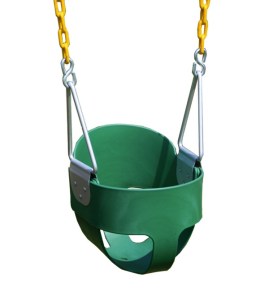 Several things to think about:
Several things to think about:
- Eliminate gravity from the equation. Bring the stretcher over patient can sit on it while you cut the chains.
- We tried cutting the seat with bolt cutters, cable cutters, and wire cutters unsuccessfully.
- Plan D, we moved the patient to the Rescue truck and used hydraulic cutters. Not the best option, but it worked.
- My department used the full bucket swing to find a handheld ratcheting cutter that cut thru it. It’s now on the rescue.
Training
Below is a video link to the webcast of Man vs Machinery Incidents: Are You Prepared? presented by Mark Gregory, Lieutenant, Fire Department of New York. Mark teaches his Man vs Machine HOT class at FDIC every year and is a must take class. Mark is also a co-owner of P.L. Vulcan Fire Training.
Man vs. Machine Rescue Kit Examples
Below is an example a kit that All Hands Fire developed with PL Vulcan Fire Training Concepts.
Even a simple Google search for “Man in Machine Kit” can yield dozens of examples from department big and small.
Stroller Rescue
Online Resources
Machine Rescue
Machine Rescue and Heat
We are huge followers of the Spartan Rescue Inc. Facebook and the rescue props that Andrew Brassard designs and builds. If you are not following the Spartan Rescue Facebook you are missing out!!!

Heat Transfer
We are huge followers of the Spartan Rescue Inc. Facebook and the rescue props that Andrew Brassard designs and builds. If you are not following the Spartan Rescue Facebook you are missing out!!!
Spartan Rescue posted a few pictures from a machine rescue drill that shows how cutting tools create heat. A thermal imaging camera is a readily available piece of equipment that can monitor the heat buildup during machinery rescue operations.

